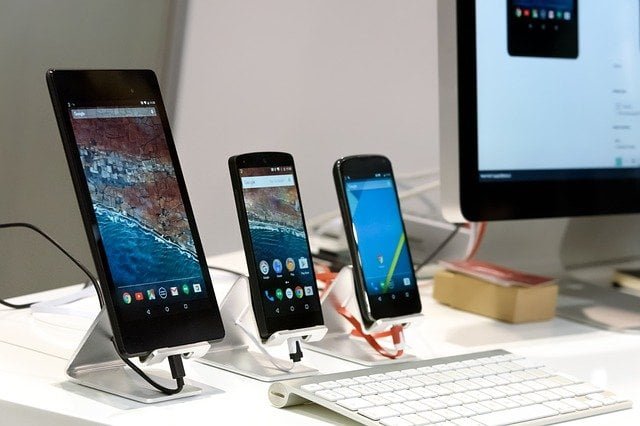How can one get their hands on the best Android device?
Almost every element of our digitally enhanced lives has been influenced by smartphones. People are purchasing cellphones, and possibilities are expanding. However, choosing a smartphone from many options might be daunting, so we created a guide to assist them.
Choosing the Best Android Phone Under 20000 might be difficult. Here’s a complete mobile shopping guide.
- PROCESSOR AND RAM:
The smartphone processor, often known as the chipset or SoC, is the component responsible for almost all smartphone functions. It is the system’s brain, and most of these processors have AI capabilities, making their smartphone today’s most innovative.
A powerful CPU helps their gadget run smoothly and may also improve other aspects. Image processing is one. The Snapdragon 865+ is the newest version of the Snapdragon processor used in Samsung phones. The other uses Samsung’s Exynos CPU (the latest being Exynos 990). Aside from the processing power (the Snapdragon is faster), several reviewers have remarked that the image processing skills of the two models are distinct.
- UX PRIORITY:
Keep in mind that many devices come with their skin or UI on Android. For example, Samsung has One UI 2, which is an improvement over TouchWiz, MIUI on Xiaomi phones, an ad-fest but well-optimized, ColorOS on Oppo and Realme devices, which is substantially influenced by iOS.
Remember to test the UI before purchasing the gadget to ensure it works for them.
- A NICE DISPLAY
Smartphone display sizes appear to be expanding and stretching the limits of what we expect from a smartphone display. They are now ‘phablets’ with screens up to 6.9 inches!
However, in an era when we are increasingly consuming material on our pocket gadgets, this may not be a terrible thing. Anything beyond 5.7 inches is ideal for gaming and media immersion. There are two display types: LCD and AMOLED. AMOLED screens feature higher contrast and darker blacks than OLED or Super AMOLED (Samsung). They also help save power by turning off all black pixels on the phone to show ‘true black.’
There are other resolutions, including Full HD and Full HD+ Quad HD. The difference between FHD and QHD is not striking for the untrained eye. Check their device’s screen protection. These days’ smartphones come with Gorilla 5 and 6 protection for their glass sandwiches. But we definitely propose a lawsuit.
- STORAGE AMOUNT:
Low-end phones get 64GB, while high-end phones get 128GB to 512GB. This is because we all quickly transfer all of our info from old phones to new ones using speedy sharing applications and technology. So storage is vital. It is advisable that they not go below 128GB as this will allow them to store their data and download programmes to their heart’s delight. Also, look for phones with expandable memory.
- BATTERY LIFE THAT MEETS THEIR NEEDS:
The benchmark for premium smartphone battery life is 6+ hours of screen time. Anything with more capacity can usually handle heavy users. Excellent. Flagship phones and certain mid-range phones may also achieve 8-10 hours of screen time. Get a phone that can last a whole day of heavy use. So, before buying a gadget, check internet battery testing. Also, see whether the phone they want has a reasonable power-saving mode.
